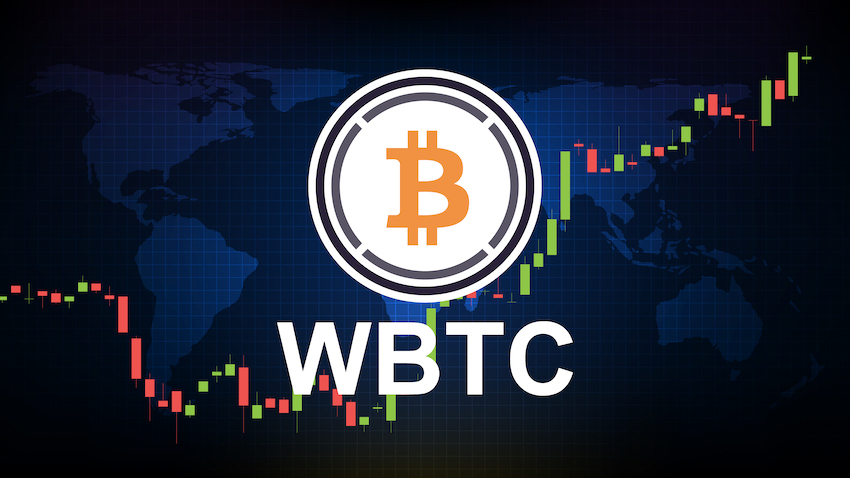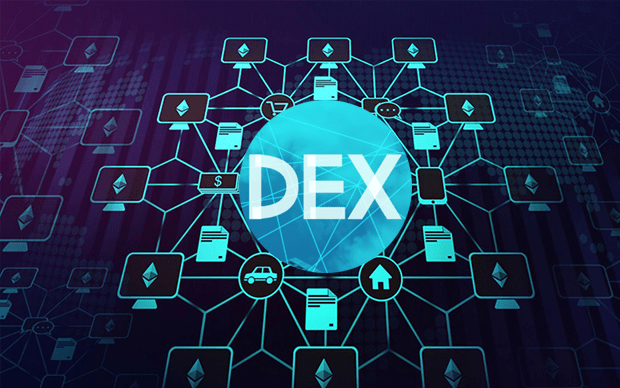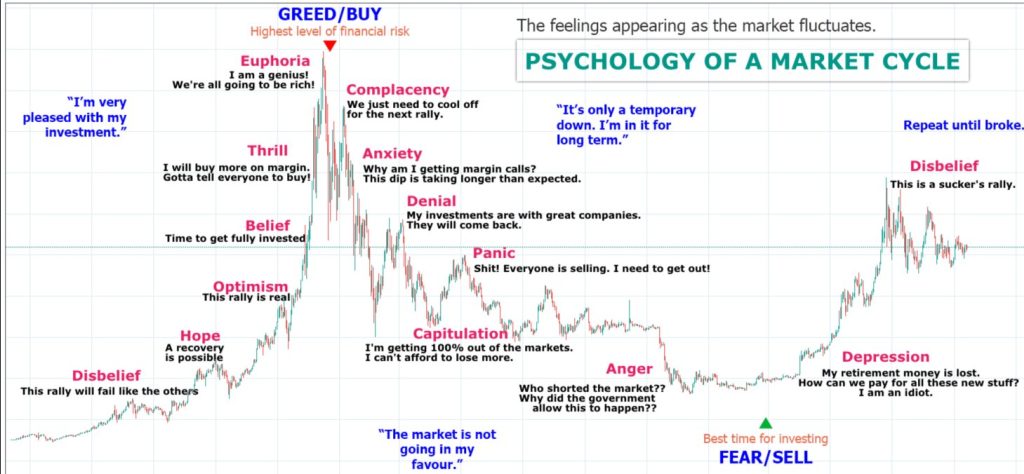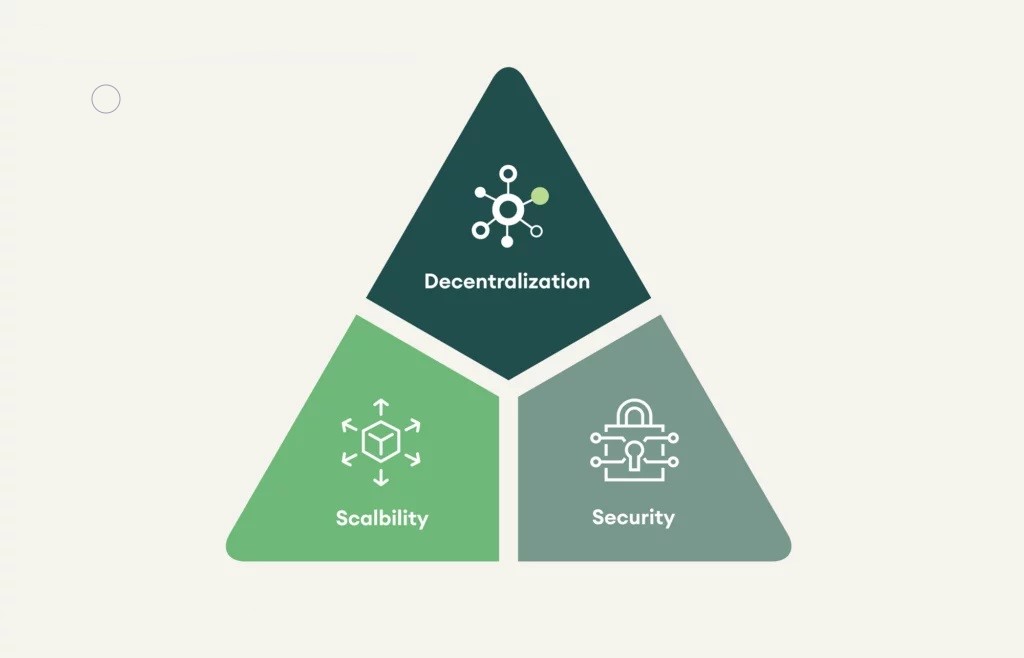Wrapped Bitcoin (WBTC) is a recent innovation that essentially brings BTC into the Ethereum blockchain, particularly catering to decentralized finance (DeFi) applications. So, how do WBTC tokens actually function?
How does WBTC Work
Imagine you’re a Bitcoin Investor ready to use the DeFi apps. The problem? There’s not much of a bridge linking Bitcoin and Ethereum. That’s where Wrapped BTC comes in, providing liquidity to DeFi protocols and solving this connectivity problem.
WBTC stands as an ERC-20 token, backed on a 1:1 basis with Bitcoin. Think of them like stablecoins, although Bitcoin itself isn’t always stable. When BTC is wrapped, it’s held in a reserve by the BitGo Trust, ensuring transparency by disclosing the circulating WBTC amount and proving Bitcoin is securely held in custody. Many Platforms, including CoinList, facilitate the wrapping (and unwrapping) of WBTC. The WBTC project is managed by the WBTC DAO.
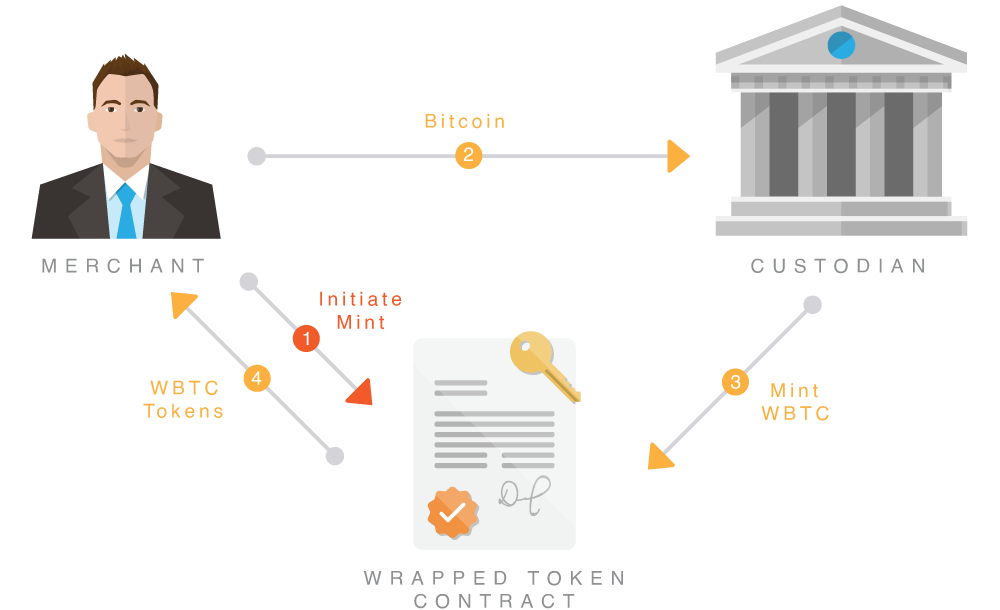
What are the perks of wrapped tokens?
They grant digital asset owners the freedom to explore other blockchains. A significant portion of DeFi and DApps operate on Ethereum, posing a dilemma for BTC holders. WBTC changes that, enabling BTC owners to participate in DeFi protocols by using their BTC as collateral, which can be locked up in smart contracts and utilized for crypto loans.
But why not just use Ethereum? While ETH can be used as collateral, Bitcoin’s market cap dwarfs ETH’s when measured in USD.
Buying WBTC is possible through a lot of official Exchanges. Alternatively, decentralized exchanges (DEXs) offer another route. Minting WBTC is a relatively straightforward process too, but that’s for another day.
We shouldn’t forget that there’s been a longstanding demand for better bridges between major blockchains like Bitcoin and Ethereum. WBTC tokens are a solution to that, bridging the gap and facilitating seamless interaction between these ecosystems. Wrapping can be done on many other coins, not just BTC.
